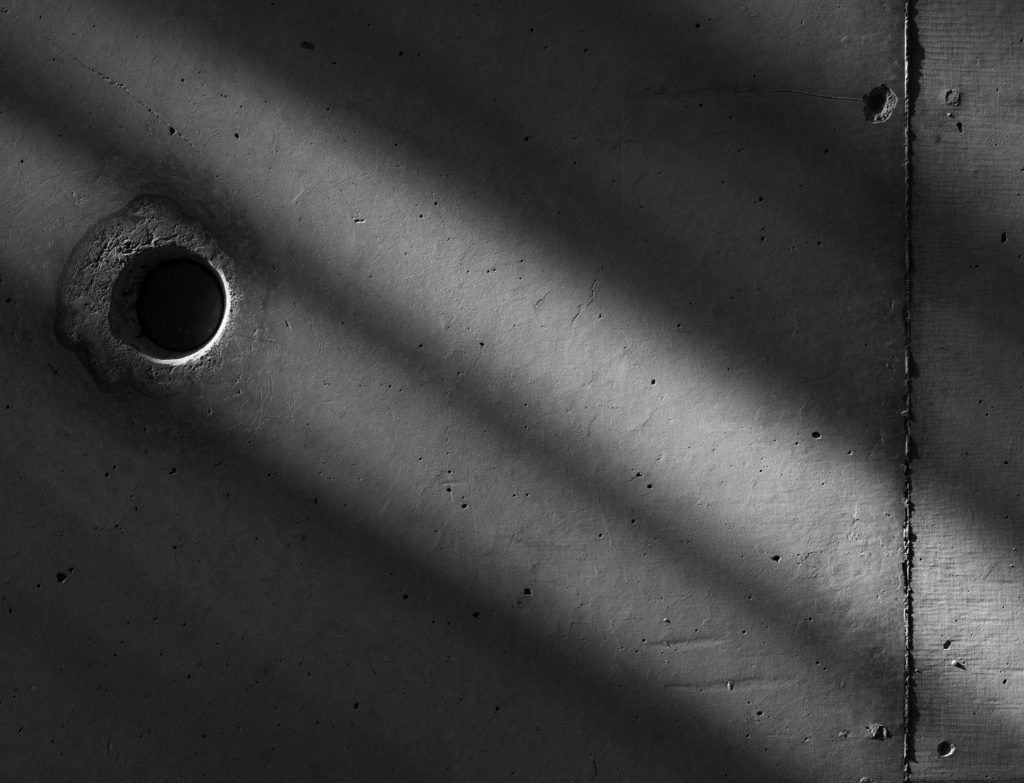Retaining walls are an important design element to many commercial and residential projects. They’re visually appealing to the eye and provide support for large planter beds. While they appear simple, the engineering that goes into making sure they withstand pressure is complex. All retaining walls require adequate drainage systems to make them safe and sturdy. Understanding retaining wall drainage will allow you to evaluate the performance of your retaining wall and prevent issues before they arise.
What Is Retaining Wall Drainage and Why is it Necessary?
Retaining wall drainage is essential to building a good retaining wall. During the wall’s construction, a drainage system is built in to drain water that is absorbed by the soil behind the wall. The weight of the earth or gravel behind the wall is an acting force that the retaining wall must withstand, and any water absorbed behind the wall adds compounding pressure that can result in shifting, bulging or total collapse. For this reason, it is crucial that there is a passage for water to drain from and that the design of the wall can safely withstand the expected load.
Materials and Systems For Drainage
There are many different ways you can safeguard against retaining wall failure from poor water drainage. And while the material of the wall itself, for example, blockwork or stone, has its unique benefits, all retaining walls need at least one form of drainage to maintain their structural integrity.
GeoFabric Layer
Geofabric is a synthetic material made from polyester fibres that is used in civil engineering applications for drainage and filtering. In this instance, it’s used to protect the backfill from soil and silt entering, which would stop water from passing through it freely. A geotextile sock should also be used around the drainage pipe to prevent debris from clogging holes and limiting its performance for retaining wall drainage.
Backfill Aggregate
Behind any retaining wall should be a thick layer of dry drainage material that separates the wall from soil. Backfill can be made with gravel, stones or crushed rock, also referred to as aggregate. Water will pass through this aggregate freely to a drainage pipe or out through weep holes and away from the wall, alleviating pressure.
Drainage Pipe
Pipe drains or agricultural drainage pipe should be at the base of the wall with perforations to direct water away from behind the wall and out through weep holes. To maximise retaining wall drainage, the pipe should extend to the entire length of the wall and be vented at regular intervals.
Weep Holes
Weep holes are holes that funnel water out from behind the wall to relieve hydrostatic pressure. For smaller walls, weep holes are often only needed at the base, however larger walls need a grid-like structure with multiple small weep holes coming out of the wall. We recommend using a protective varnish over the wall to prevent the water from the weep holes creating stains over time.
Soil Compaction and On-Site Drainage
The area of soil behind the backfill should be compacted during the construction process to reduce its capacity to absorb water. Ensuring proper on-site drainage with temporary grading of the soil to also minimises the risk of an early build-up of water sitting behind the retaining wall.
Where You Can Look For Drainage
The best way to see if your retaining wall is draining water correctly is to check if there is water coming from weep holes after rain. If the retaining wall is bulging, uneven or falling apart, it’s likely that water is not draining correctly. The weep holes can also be obstructed by mortar, pests and other debris, so it’s important to check and clean them regularly to the best of your ability.
What Happens If There Is No Retaining Wall Drainage?
If there is no drainage, water will compromise the safety and structure of your retaining wall. It’s vital that the wall is repaired or replaced if measures to ensure drainage weren’t taken. This can lead to an extensive amount of damage on the property, the expense of repairs and installation of a new wall. Thankfully, early warning signs of retaining wall failure are easy to spot and inadequate water drainage may not be the only cause.
Contact Solutions Built To Complete Your Retaining Wall
If you’re looking to have a retaining wall built in accordance with Queensland Development Code for your project, or are looking to replace an existing one before imminent failure, contact us here at Solutions Built. Fill out our contact form on our website, or contact us by phone or email to design and build a new retaining wall.
